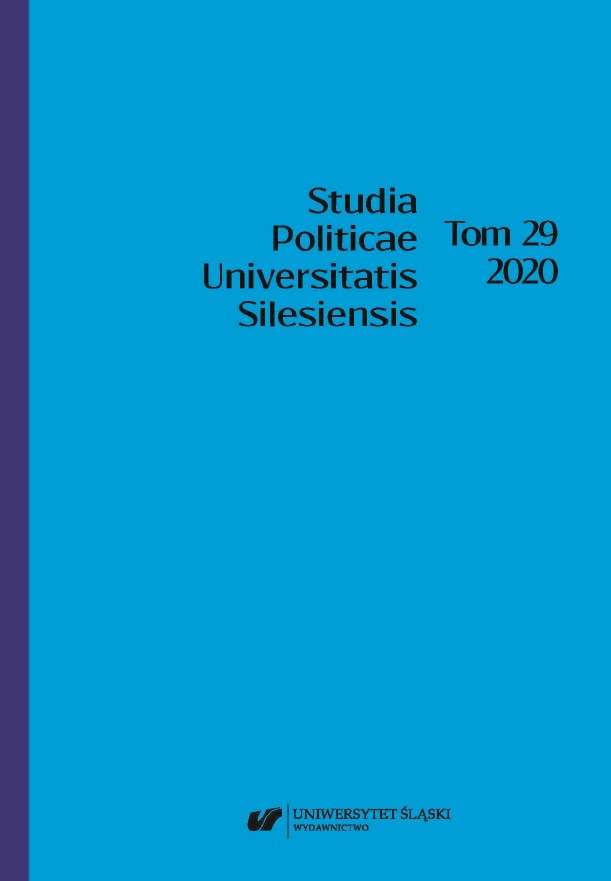Framing the New Southbound Policy in Western media
Framing the New Southbound Policy in Western media
Author(s): Robert RajczykSubject(s): Politics / Political Sciences, Media studies, International relations/trade, Politics and communication, Geopolitics
Published by: Wydawnictwo Uniwersytetu Śląskiego
Keywords: New Southbound Policy; Southeast Asia; South Asia; media outlets; Taiwan; Republic of China; R.o.C
Summary/Abstract: The New Southbound Policy (NSP) is the key issue in the economic policy agenda of Tsai Ing-wen, the President of the Republic of China. The aim of the article is to examine through the quantitative analysis the content of Western media as well as a group of Asian media outlets about the NSP in order to depict the NSP’s image. Twenty-three websites of newspapers, magazines, radio (Voice of Vietnam) and television (CNA) channels have been under the research process. There are two hundred five research units which were identified as news features concerning the New Southbound Policy. Generally, the idea of New Southbound Policy is simultaneously drawn in the media outlets’ content as an economic and political agenda. The NSP was introduced both to reduce the economic dependence from China and to raise Taiwan’s international visibility in the Southeast and South Asia region. In such media content, Taiwan has usually been shaped in a positive way as a vibrant democracy and responsible member of international community complying with the important global issues, such as the UN Sustainable Development Goal, e.g., the UN Climate Framework Convention. Eventually, the New Southbound Policy is being framed as a positive concept that shapes attractive Taiwan’s image.
Journal: Studia Politicae Universitatis Silesiensis
- Issue Year: 2020
- Issue No: 29
- Page Range: 25-48
- Page Count: 24
- Language: English

